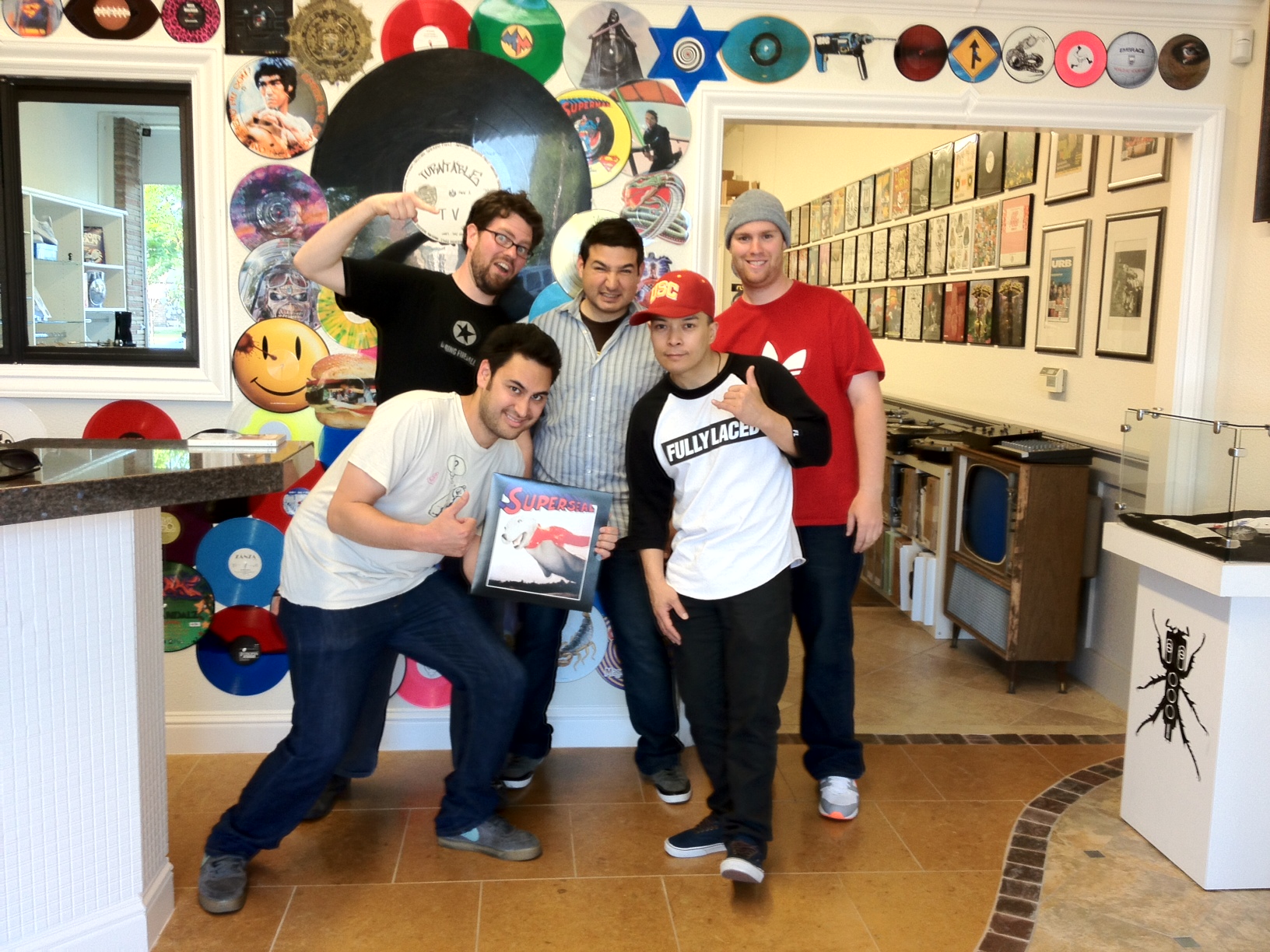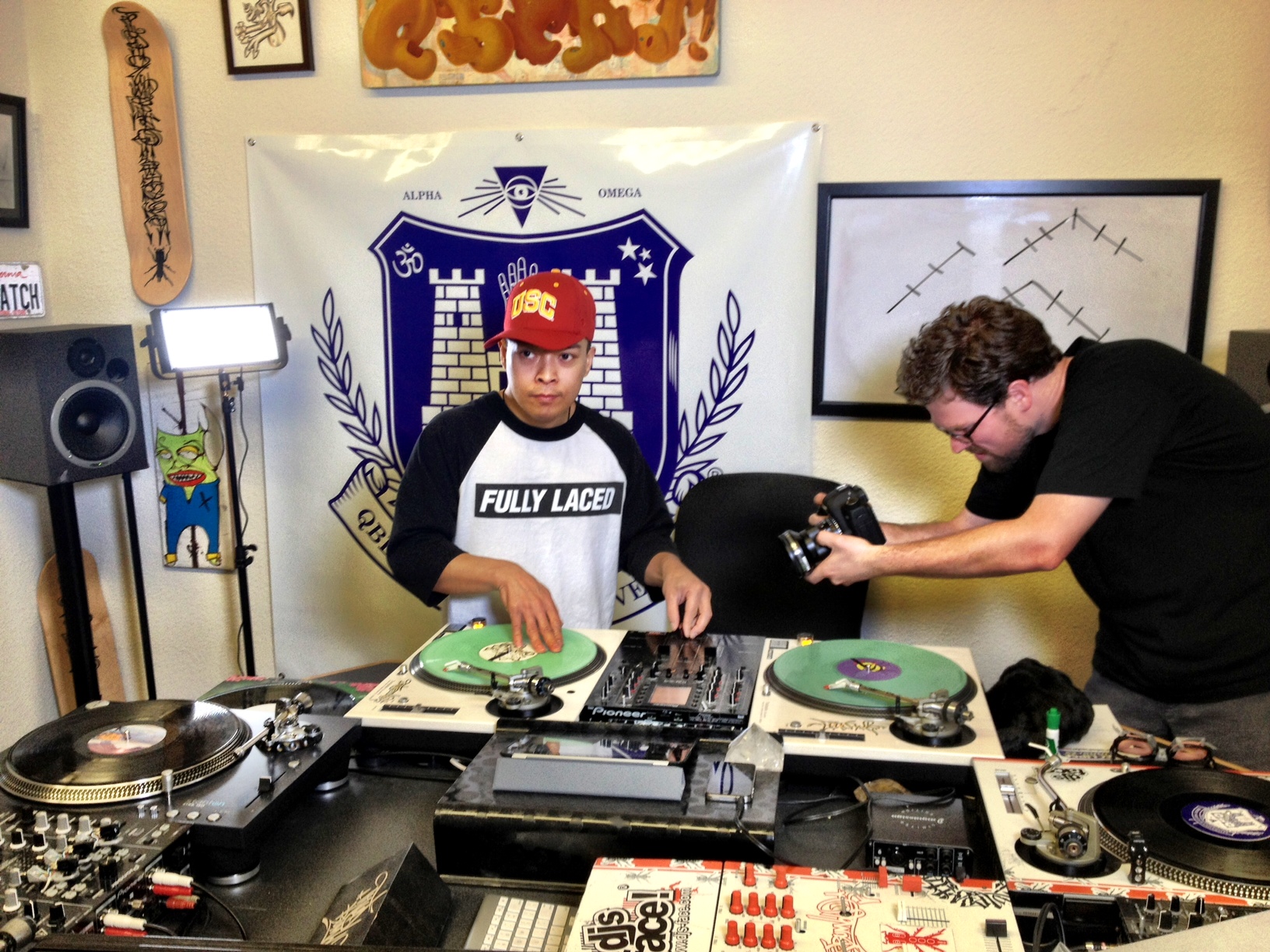It has become a kind of Internet law that online videos over five minutes are wastes. Wastes of time and wastes of treasure.
No one will sit through anything longer. People have shorter attention spans than ever. ADD. Media polysaturation. Get in, get out. Especially on YouTube.
We've always thought that length shouldn't be your goal. If the content is right for five minutes (or six seconds), then produce it accordingly. But if you've got, say, a twenty-five year old entertainment franchise with global cultural impact, five minutes probably won't do you justice.
Capcom, of course, understood this implicitly, and they approached us from the get-go to make something feature-length. What happened next was crazy.
The problem with a documentary about Street Fighter is that it's fucking Street Fighter. Really, research should be done for 3-6 months, the researcher should be an ongoing crew member until wrap, and the shoot schedule should evolve over time; preferably over a period of 6 months to a year. We had 4 months.
Fortunately, we had an ace up our sleeve: Seth Killian. A man of incredible talents, Seth was our entry point into all things Street Fighter. Community, legacy, moments in time. He had it all. We began reaching out almost immediately to names-on-the-list, as it were, as well as anyone else that our experience told us could lend the right story or tone. After all, this wasn't supposed to be just a by-the-numbers history lesson, it needed to show the uninitiated just how deep the rabbit hole goes. We remember arcades and corner stores and laundromats and 7-11's and pizza places (and, and, and . . . ) with their line of hungry quarter-poppers ready for the next challenger. But for many it goes far beyond enjoyment of the game and straight into life-altering experiences. Street Fighter is a cultural force that's shaped a significant portion of a generation as they grew into adulthood—is still shaping them. It also shaped an emerging entertainment industry for decades to come—is still shaping it. For that, Capcom set us up with some of the biggest visionaries of the Japanese game developer community, alternately inspired and bedeviled by Street Fighter throughout their careers.
Now it was time to come up with a production plan that would have us shooting in multiple locations in three countries, on two continents, edit, color correct, produce a soundtrack for and mixdown the final film and still somehow reach a hard deadline for when the film had to go in for mastering and inclusion in the 25th Anniversary collector's set. We are not strangers to long hours, lost weekend and all-nighters, but this project nearly killed us. We had to get it right and there simply wasn't time.
When it was done, the celebration was mild. All we saw were the mistakes, the missed opportunities. Now, a year later, it's easier to see it for what it is and judging by the feedback it seems we somehow managed to hit our mark. For that, we have to give special thanks to a few without whom there would have been no hope:
Seth, of course.
SPL Pictures whose expertise on-set were never in doubt. Worth every penny.
Tsuyoshi Kanda who was on loan to us from Capcom as line producer in Japan. The two weeks the crew spent there was infinitely better because of him.
8-4, Ltd. who not only location scouted for us but provided constant translator and localization services. There's no way the film would have been on time without their organization, feedback, and quality control.
And, of course, to EVO and the FGC for never once backing out, always being available, and lending their hype, their archives of footage, and their expertise.
Unfortunately we didn't have the time to consider doing much "behind the scenes," but here's a few photos during our shoots with DJ QBert and famed collector Clarence Lim.





